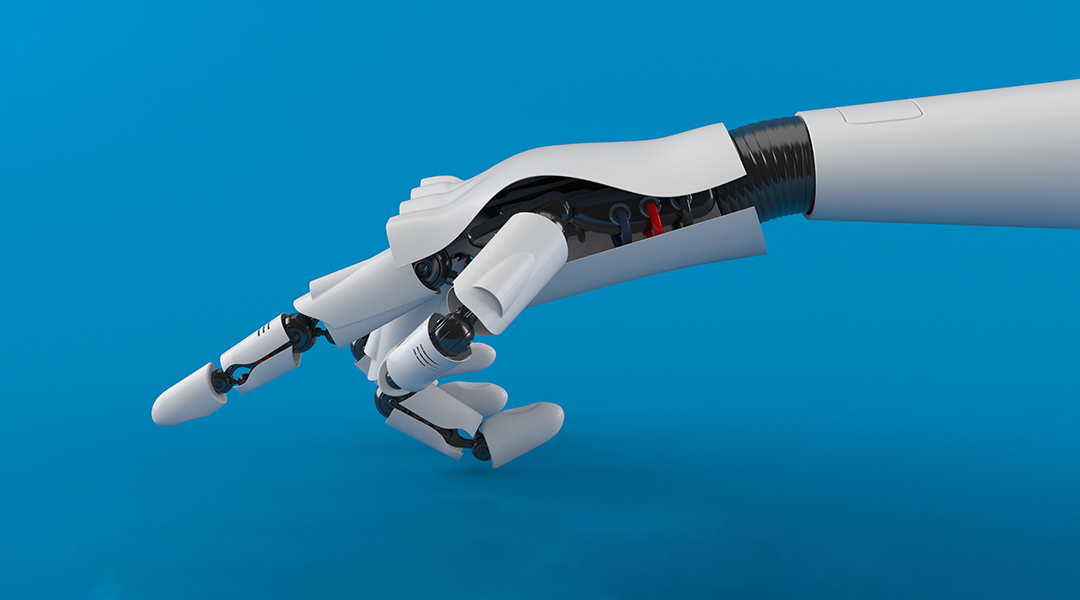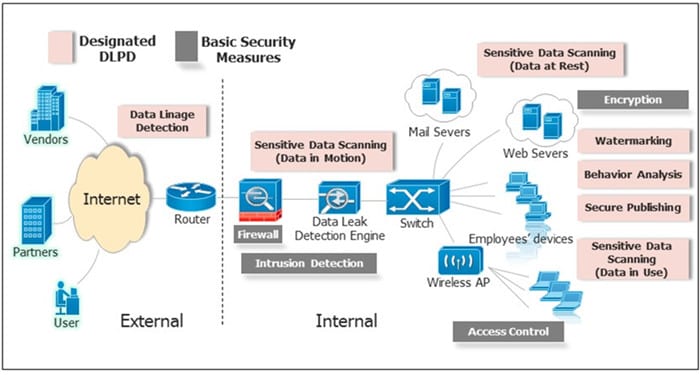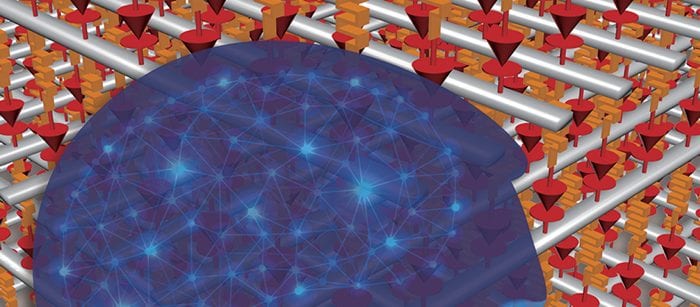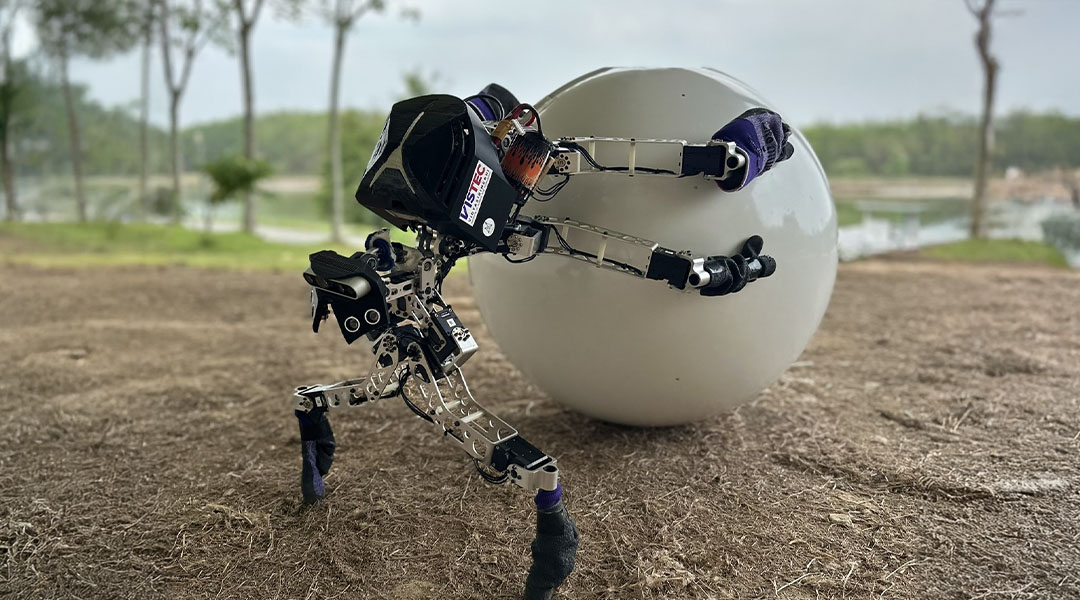Researchers discuss how to extract valuable information from databases to aid decision making in emergencies, such as the current pandemic.


Researchers discuss how to extract valuable information from databases to aid decision making in emergencies, such as the current pandemic.

A new, flexible, and self-powered sensor made by magnetoelectric materials can convert mechanical stimuli to electrical signals for robots with a “soft touch”.

A cost‐effective, automated parasite diagnostic system that does not require special sample preparation or a trained user.

There exist multiple points for deploying complementary data leak prevention and detection (DLPD) techniques in an enterprise environment.

Jeong et al. argue that a change in paradigm away from the CPU+Memory computing approach and towards a materials approach which mimics biological neurons as synapses is needed.

Monarch butterflies have inspired the design of 3D-printed robotic wings that rely on magnetic fields to generate their delicate movements.

People holding political extreme beliefs on either end of the spectrum were more likely to indulge in this behavior.

SmokeNav combines an inertial sensor and millimeter-wave radar to enhance situational awareness for first responders in hazardous conditions.

Robots modelled after dung beetles leverage nature’s ingenuity with efficient, space-saving object-rolling mechanics.

Satellite imagery suggests that islanders lived sustainably rather than overexploiting resources.